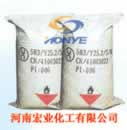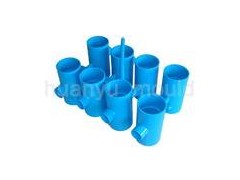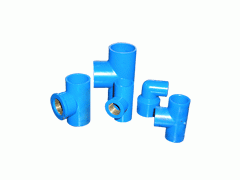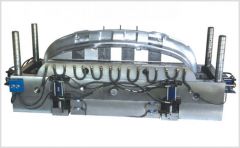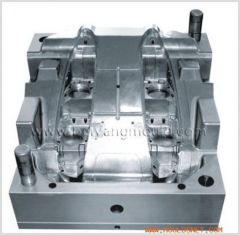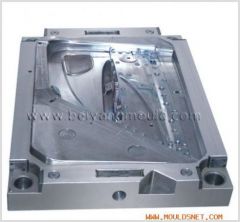| Valid untillong term effective | Latest update2013-01-15 14:10 |
| Views64 |
Sodium Perborate
Sodium Perborate produced by hongyechem-the world leading manufacturer of Sodium Perborate, 20000MT/year Sodium Perborate.
ASodium Perborate Monohydrate
Sodium Perborate monohydrate (Synonyms: sodium peroxyborate, sodium peroxoborate, PB1) is similar to sodium percarbonate as a famous oxygen bleach agent. Sodium perborate offers many of the functional benefits as liquid hydrogen peroxide in a stable solid form. The oxidative power of sodium perborate improves the cleaning, bleaching, stain removal and deodorizing performance of powder detergent formulations, all fabric dry bleaches, denture cleaners, automatic dishwasher detergents and various institutional and industrial laundry products.
Used in active oxygen-type laundry bleaches, plastic destaining and dishwashing compounds, coffee-stain removers, denture cleaners, neutralizers for cold-wave preparations, and the preparation of oxidizing solutions for bleaching or other purposes. It can also be used as a source of oxygen at elevated temperatures.
BSodium Perborate Tetrahydrate
Sodium perborate usually exists in two forms, tetrahydrated and monohydrated. Sodium perborate tetrahydrate is obtained by addition of hydrogen peroxide to a sodium metaborate solution at a temperature close to 20.degree. C. Sodium perborate monohydrate is produced by dehydrating sodium perborate tetrahydrate in a fluid bed with heated air. Sodium perborate releases nascent oxygen at elevated temperatures, and so acts as a hydrogen peroxide bleach. The monohydrated form is essentially showing three advantages in comparison with the tetrahydrated form: a higher content of available oxygen, a higher heat stability and a higher dissolution rate into water. Sodium perborate has been in detergent and personal care formulations for many years. Its oxidative power improves the cleaning, bleaching, stain removal and deodorizing performance of powder detergent formulations, all fabric dry bleachs, denture cleaners, automatic dishwasher detergents and various institutional and industrial laundry products. Its main disadvantage is that the bleaching action only takes place at elevated temperatures. To release its bleaching action at lower temperatures, an activator must be added.








